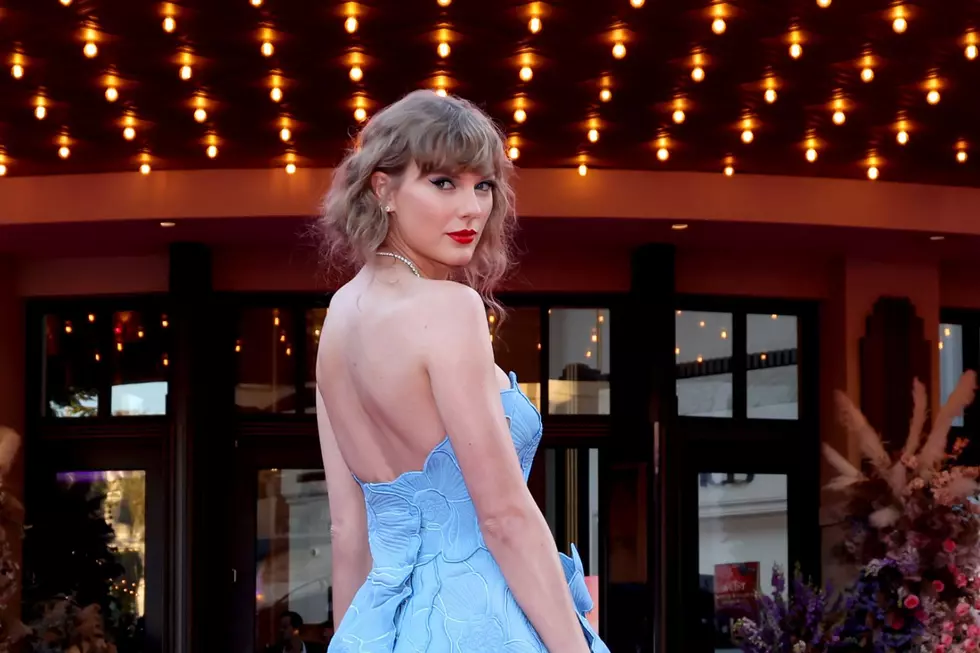The Official Release Party of a Showgirl is not just another Taylor Swift gimmick. It is an audacious reshaping of what an album launch can be. While most artists settle for streaming premieres, Swift has chosen cinemas in over 100 countries. The move raises a question: is this artistic ambition or the industrialization of fandom?
Context: the mainstream narrative
Mainstream coverage paints this as a cultural treat. An 89-minute event will premiere on October 3, 2025, in AMC theatres across the U.S., Canada, Europe, and beyond. The package includes the debut of “The Fate of Ophelia,” behind-the-scenes studio footage, and lyric films for new tracks from The Life of a Showgirl. Tickets are modestly priced at $12 in the U.S., slightly more overseas. Outlets like People and EW present it as an intimate gift from the world’s biggest pop star, a moment where fans unite globally to experience art in synchrony.
Oppositional Argument: what the mainstream misses
The Official Release Party of a Showgirl is more than generosity. It is monetization disguised as intimacy. Swift and AMC are transforming fandom into a box-office product. Why sell an album once, when you can sell tickets to watch its release? This is not grassroots community; it is corporate choreography. The narrative of inclusivity hides the reality: access is limited by geography, price, and theatre reach. Many fans outside urban centers or beyond Western markets will be left with clips on social media, excluded from the so-called “global” event.
Analytical Breakdown: causes and consequences
This experiment emerges from two forces. First, the decline of traditional album sales. Streaming revenues are meagre compared to past CD eras. Artists at Swift’s level seek new profit streams. Second, the cinema industry is desperate. Post-pandemic attendance lags, with studios leaning on spectacles to lure audiences. Swift offers what Hollywood craves: guaranteed crowds.
The consequence is a new hybrid economy. Albums become cinematic experiences, not private listening journeys. Fans who once paid $15 for a record now face ticket costs, concessions, and premium format upsells. For AMC, this is salvation; for Swift, domination. But for fans, it risks fatigue: how many times can devotion be monetized before it fractures?
Human Perspective: what it means for fans
For devoted Swifties, The Official Release Party of a Showgirl feels historic. Lining up in cinemas, sharing collective gasps at unseen footage, singing in darkened auditoriums — this is fandom elevated to ritual. But for many, it stings. Fans in smaller countries, without AMC theatres or major distributors, are excluded. Online, resentment is visible: “Why should I pay cinema prices for content that will hit YouTube next month?” asks one Reddit thread. The human story here is division: inclusion for the lucky, frustration for the left-out.
Counterarguments
Critics might argue Swift has earned the right to innovate. After all, The Eras Tour film grossed nearly $300 million and delighted audiences worldwide. Why shouldn’t she expand the formula? They will say this is not exploitation but evolution — giving fans options, not obligations. Yet options are only real when accessible. When geography and price filter participation, the egalitarian image collapses. Innovation for some becomes exclusion for others.
Conclusion: spectacle or saturation?
The Official Release Party of a Showgirl proves Taylor Swift is no longer just a musician — she is an industry. She has redefined what an album release looks like, but at what cost? For AMC, it is salvation; for the music business, a template; for fans, a test of loyalty. This is not a gift — it is a transaction dressed in sequins. If this model spreads, albums will cease to be private experiences and instead become mandatory spectacles. The line between art and commerce will blur until both lose clarity. Swift’s gamble may set the stage for the future, but it also risks exposing just how fragile fandom can be when endlessly monetized.
